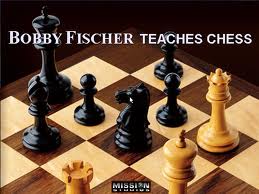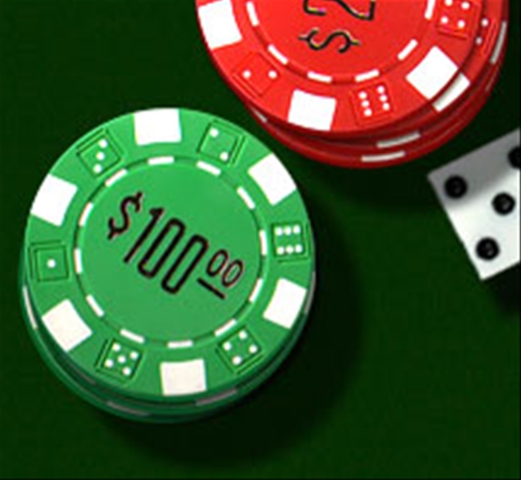DECIDE WHEN TO SELL TIP #7: SENSE THE END OF THE ROLL!
 SENSE THE END OF THE ROLL: The end of a rally is near when the people who missed the boat cannot stand sitting on the sidelines any longer. You must pick up your chips and leave a noisy crowded table filled with emotionally driven latecomers.
SENSE THE END OF THE ROLL: The end of a rally is near when the people who missed the boat cannot stand sitting on the sidelines any longer. You must pick up your chips and leave a noisy crowded table filled with emotionally driven latecomers.
Recognize that when investor sentiment is extremely bullish, it is time to be out of all stock positions. However, this doesn’t mean that the market cannot continue upwards. It only means that the potential downside risk far exceeds that of the upside.
Therefore, based on the classic barometer of risk vs. reward, it is wiser to be on the sidelines sitting in cash than it is to remain in an overextended market whose time in the rally phase is about to expire soon.
Comment: When the market starts getting too crazy on the upside, it’s wise to take your profits and run. The temptation is always there to stay to the end of the rally but that often comes without warning and has an uncanny way of trapping greedy traders at the top. So it’s best to gauge the sentiment accurately, sell your stocks, and get away from the market.
**********
“One must simply get out while the getting is good. The secret is to hop off the elevator on one of the floors on the way up. In the stock market one good profit in hand is worth two on paper.”
William J. O’Neil ~ Author and founder of Investor’s Business Daily








